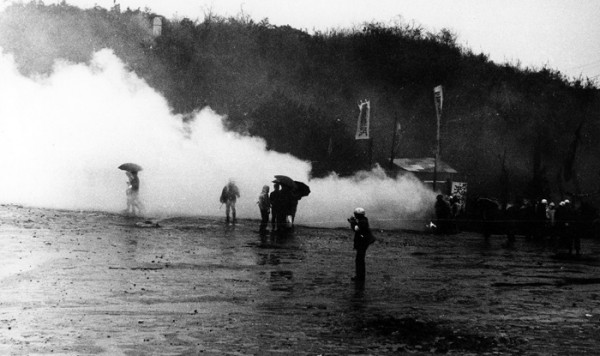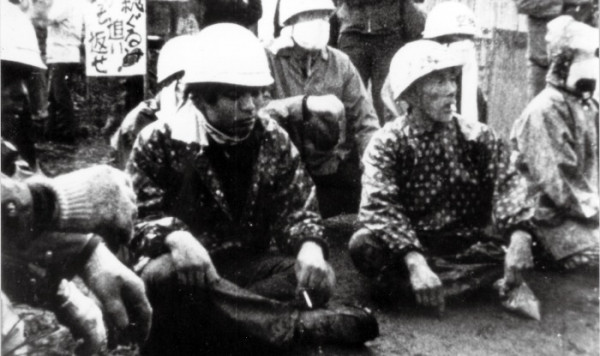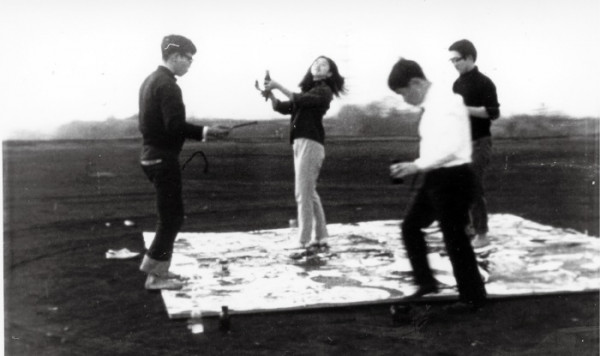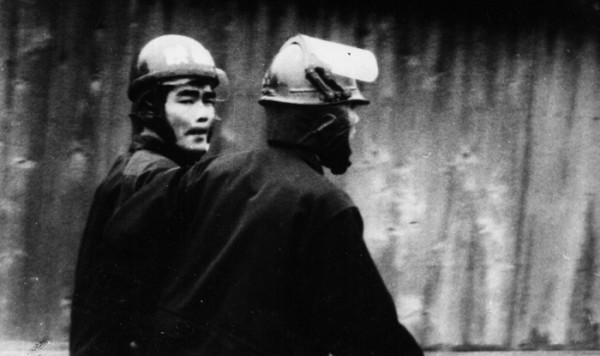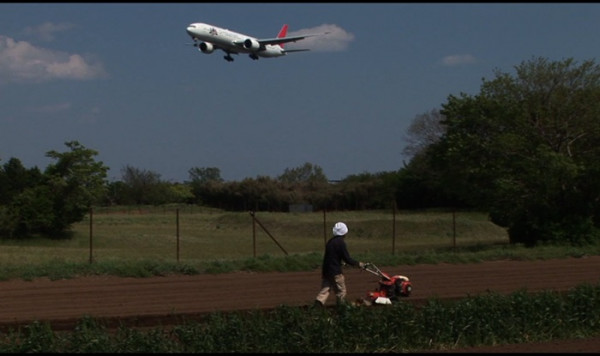Retrospective: OGAWA Production - 11 Flowers of Movement Cinema
Films
Forest of Oppression – A Record of the Struggle at Takasaki City University of Economics
Forest of Oppression – A Record of the Struggle at Takasaki City University of Economics
1967
Japan
105min
小川紳介
OGAWA Shinsuke
Magino Village – A Tale / The Sundial Carved With A Thousand Years of Notches
Magino Village – A Tale / The Sundial Carved With A Thousand Years of Notches
1986
Japan
222min
小川紳介
OGAWA Shinsuke
Sanrizuka – Peasants of the Second Fortress
Sanrizuka – Peasants of the Second Fortress
1971
Japan
143min
小川紳介
OGAWA Shinsuke
Sea of Youth– Four Correspondence Course Students
Sea of Youth– Four Correspondence Course Students
1966
Japan
56min
小川紳介
OGAWA Shinsuke
The Battle Front for the Liberation of Japan – Summer in Sanrizuka
The Battle Front for the Liberation of Japan – Summer in Sanrizuka
1968
Japan
108min
小川紳介
OGAWA Shinsuke
The Wages of Resistance: Narita Stories
The Wages of Resistance: Narita Stories
2014
Japan
140min
代島治彥、大津幸四郎
DAISHIMA Haruhiko, OTSU Koshiro







